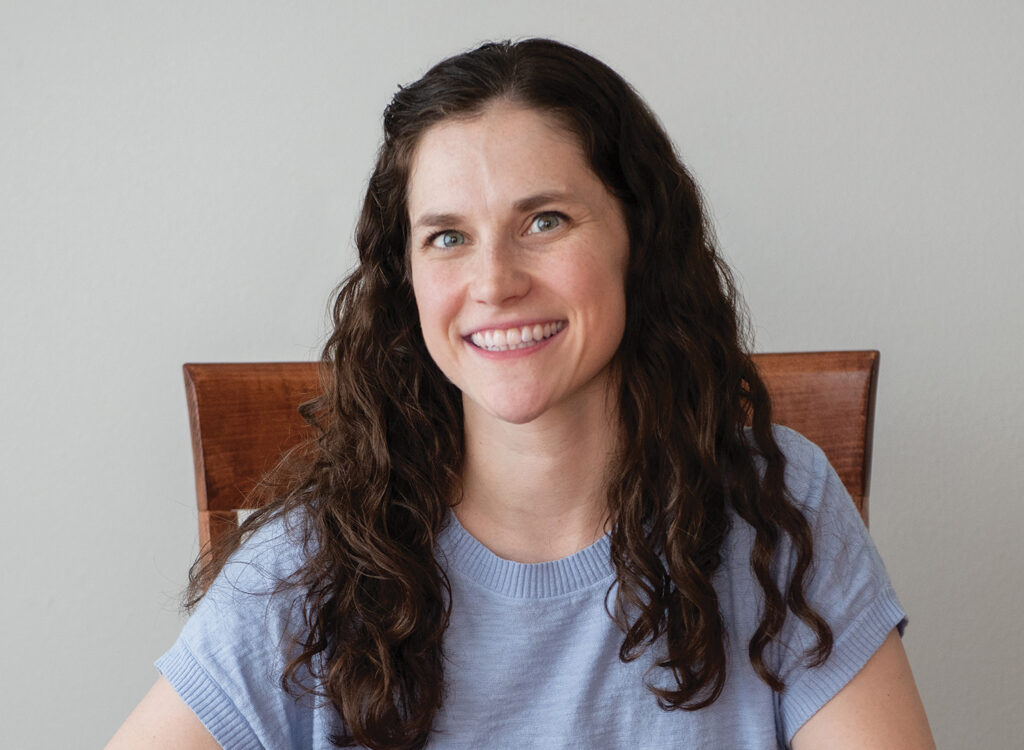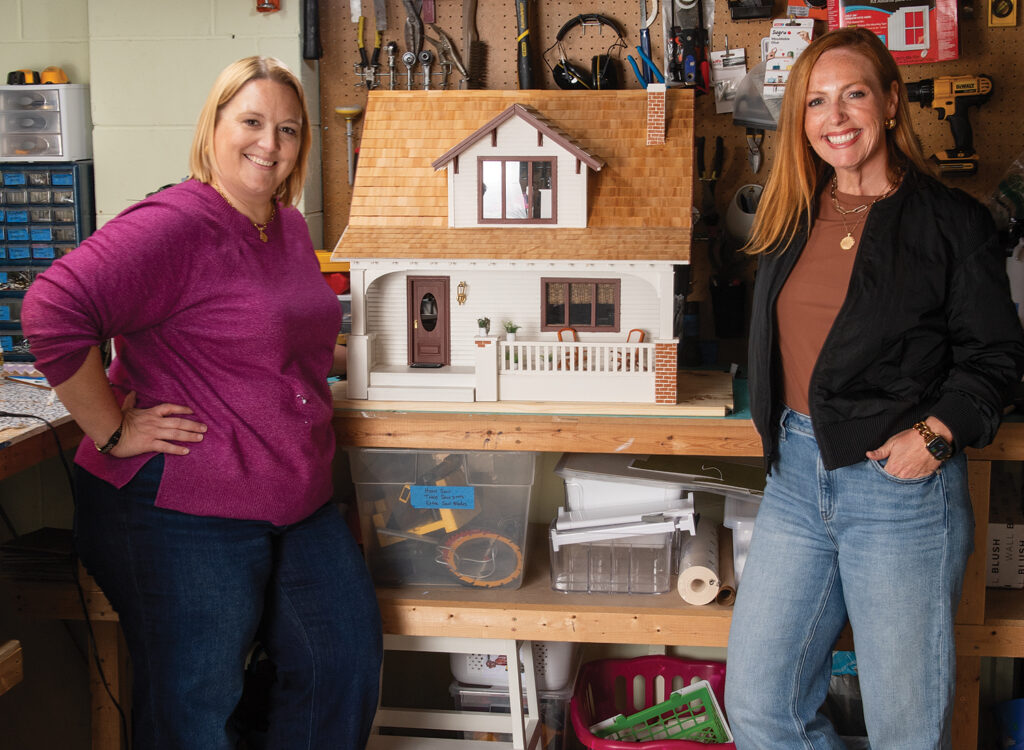Global Insurance Accelerator: Drive Spotter, Inc.
Chris Augeri - Omaha, Nebraska

IN A NUTSHELL:
Drive Spotter Inc. is developing a technology product that will monitor commercial drivers’ alertness that will be marketed to property/casualty insurers as a safety incentive.
ABOUT THE BUSINESS:
Chris Augeri envisons a technology product that will analyze real-time video data from commercial vehicles to help drivers avoid accidents and the costly insurance claims that follow.
His company, Drive Spotter Inc., is a spinoff from an Omaha-based product development company he launched in November 2012 called ThoughtPuzzle LLC.
Using video streaming from a camera installed in the truck cab, algorithms in the software will correlate that information with telemetry data from the vehicle to determine if the driver is inattentive, falling asleep or otherwise operating unsafely. The company will initially collect data from a single dash camera facing the road, with plans to add 360-degree camera coverage capabilities outside the vehicle, along with some driver-facing cameras for certain applications, Augeri said.
“Think of this (product) as the YouTube for insurance companies and fleet operators,” he said. “We’re also processing the video, but instead of it being correlated with an audio transcript (like YouTube), you’re seeing video plus telemetry correlation.”
Prior to starting his own company, Augeri was a communications officer and technology instructor in the U.S. Air Force. He went on to lead a research and development group in Austin, Texas, that handled approximately $3.5 million annually in analytics contracts with the federal government related to defense and intelligence operations. He has a doctorate in computer science from the Air Force Institute of Technology and is currently an adjunct professor of entrepreneurship and technology innovation at Creighton University.
Augeri said he began exploring the possibilities of applying video analytics to vehicle operations about 18 months ago.
“If you take vehicle accidents across all segments, about 80 percent are driver-related operational issues; the driver is not paying attention or simply overloaded,” he said.
In addition to its applications in the trucking industry, the product could serve a niche with the advent of driverless technology.
“The (U.S.) Department of Transportation has already expressed interest in what happens if a driver is asked to resume control of an automated vehicle,” Augeri said. “Because we’re building an alert monitoring capability, we can use our product to ensure that we know the driver is actually awake and alert enough to resume control. That’s a huge issue, because everyone says driver automation is right around the corner.”
Additionally, the product has potential applications in legal cases involving vehicle accidents.
“Any time you go to court, a picture is worth a thousand words,” he said. “From our perspective, the end game is that we are the preferred platform when it comes to image and video usage within the insurance industry, whether by the insurance company itself or by the (trucking company) to improve its operations.”
Augeri said he has already received enthusiastic feedback from each property/casualty company he has spoken with, as well as many life insurers.
“When a vehicle crashes, a lot of insurance comes into play,” he said. “You have the immediate liability, both on the vehicle itself, the vehicle it may strike and the load it’s carrying. After that insurance settles, you have potential long-term care claims, life insurance claims and workers’ comp claims. So as you take what looks like a $900,000 claim, in the aggregate you suddenly have a $9.2 million accident which multiple insurance companies have an interest in.”
Property/casualty insurers that offer commercial coverage will likely be the preferred distribution channel for the product, Augeri said. Based on initial feedback he’s gotten, the company should be in a good position to begin early beta testing with select insurers and trucking companies in about six months.
“For us, what we hope to get out of the accelerator is all about connections into insurance and trucking, all the way to the drivers to better understand how we should build the product,” Augeri said. “What is going to meet their needs to improve driver behavior and be satisfying to the driver?”










